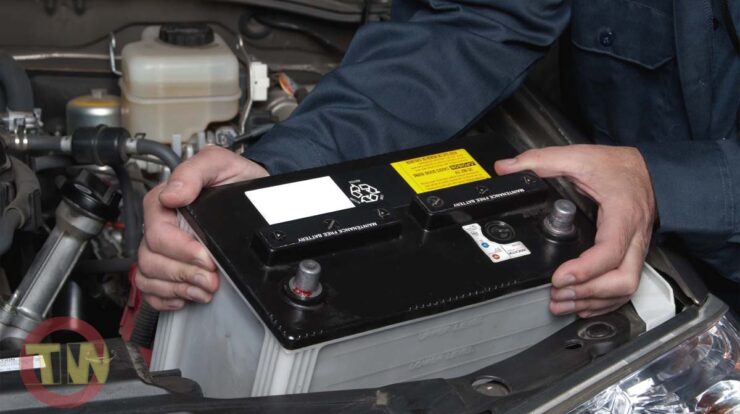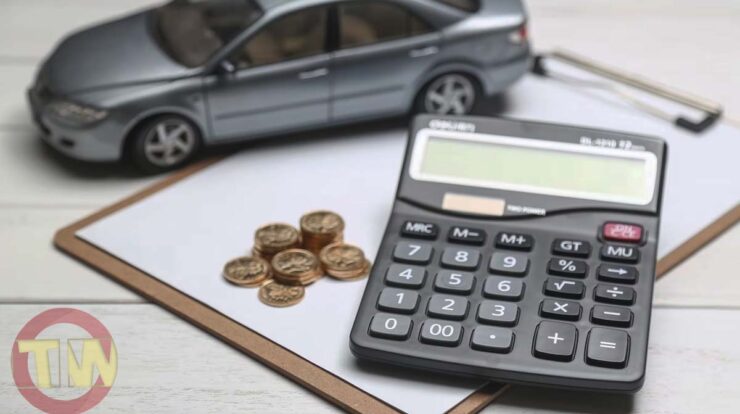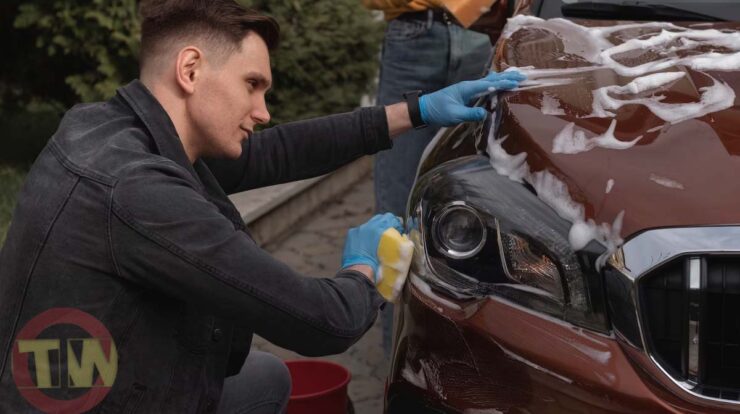
Today’s modern cars are safer and more technologically advanced than those of even a decade ago. Yes, it’s appealing to think about getting rid of that old beater with the stained upholstery.
Yet, many people make wrong decisions when buying for cars. Example: buying a new car and trading in your old one. One-third of car buyers refinance existing debt, with the average amount being $5,000. They continue to make payments on a car they no longer use. Ouch! In terms of your own financial well-being, you should not proceed in that manner.
But don’t worry; we’ve got some suggestions for you that will help you get a car without going into too much debt or spending more than you have to. Use these 10 guidelines as a starting point for your car-buying research so you can find an affordable car that meets your needs.
10 Car Buying Tips
1. Figure out your car budget

Let’s start with a dose of realism: the value of a brand new car drops like a rock, 60% in the first five years! You shouldn’t put your money into this. Only those with a lot of disposable money should think about buying brand new items.
Now that that’s out of the way, the first thing you need to do is figure out how much money you have to pay on a car. Neither leasing nor taking on additional debt to pay a car is a good idea, so your cash should reflect what you can actually afford.
Budget for a used or certified pre-owned car is essential if you don’t have the money available to make the purchase outright. Examine your spending habits and calculate how much of your savings can be devoted to your car fund.
Never forget that car financing or leasing will not add to your net worth. If you save $500 per month (the average car payment) for ten months, you’ll have enough money to buy a used car outright. Do you want to pay to a payment plan that will add thousands of dollars to your bill over the course of several years?
2. Do research before buying a car
If you see a car that interests you, it’s time to do some investigating. Determine if the asking price is reasonable by checking its Kelley Blue Book value.
The vehicle history reports should also be reviewed. Information such as the car’s recall status, service records, and the dates of any accidents or repairs will be included.
To learn more about the car’s past, you can request the VIN from the dealer and enter it into a site like VehicleHistory.com or Carfax.com.
There are websites that charge you to access their data. In addition, while paid reports are more thorough, free reports will still flag any major red flags. If you ask nicely, some car lots and private sellers will even throw in a report. It’s probably worth looking into either way. A good deal can turn into a bad money if it requires regular maintenance visits.
3. Narrow down your choices
Once you’ve settled on a price budget, you can begin researching cars that fall within that range. Used cars can be located in a variety of ways. The inventory of cars at your neighborhood dealership lot is probably listed online. There are lots of other cars available, and you can check sites like Craigslist to find them.
Select a few cars that are within your price range and meet your needs. Think about how well it performs in a variety of conditions, including speed, gas mileage, comfort, and bad weather. Not everything that fits your budget will complement your way of life.
Even if the budget tag on a car you really want is a bit steep, don’t let that stop you from dreaming about it. If you’re buying something, having cash in hand gives you more leverage in negotiations.
4. Get a car insurance quote
At this point, you ought to have a shortlist of feasible cars that both meet your needs and your budget. However, it is not sufficient to be able to pay for the car; you must also be able to pay for the insurance.
If you haven’t already done so, consult your current insurance agent about obtaining rate quotes for the cars you’re considering. Don’t be afraid to talk to a free agent about other available choices if the cost is prohibitive.
While it’s convenient to get insurance quotes online, it’s usually more insurance-effective to speak with a real person. Some discounts may apply to you that you were previously unaware of.
Use an Endorsed Local Provider (ELP) to get the most cost-effective auto insurance policy possible. These insurance brokers work for themselves, so they can compare prices and policies to find the one that best suits your needs. The average annual savings on health insurance premiums for people who make use of an ELP is $731.
5. Get a car inspection
A thorough inspection by a mechanic is essential before you spend any money on a used car. When there’s money at stake, salespeople will tell lies. Even if the car seems and drives normally on a short trip around the block, problems could be lurking beneath the surface.
Don’t be shy about requesting an inspection. In the business of purchasing automobiles, this is par for the course. It’s a red flag that the seller has something to hide if they are reluctant or angry when you make a request.
6. Test drive
Be well-prepared before visiting a dealership by knowing exactly what it is you want. And beware of their sneaky attempts to sell you more stuff. It’s not the right car for you if the dealership doesn’t have the car you want but does have a similar model that’s more expensive than you can afford but comes with a new sound system and heated seats.
If you want to get the most out of your test drive, pick a route that includes a variety of driving conditions. One’s impression of a car’s handling may change depending on whether one is behind the wheel in the city or on the highway. Pay note of anything that seems out of the ordinary. When you go over a bump, does the car make any noises? Do you hear any strange sounds? You can use this information to move forward.
7. Wait for the best time to buy a car
Autotrader reports that the best times to buy a car are the last week of the month, the last weekend of the quarter, and the last week of the month. If possible, pick a date in the months of March, June, September, or December. Going later in the day and during the week is what the United Services Automobile Association (USAA) suggests for the best prices.
It is common practice for car dealerships to offer steep discounts in the final weeks of the year in the hopes of meeting their yearly cars quotas.
Many car cars try to make as many dealerships as possible in the late summer so that they can make room for the upcoming model year. Once again, the best deal can be found toward the end of the month.
You can save hundreds or even thousands of dollars by waiting until the right time to buy a car, which is a simple piece of advice that many people overlook.
8. Always negotiate
You have an upper hand because: You are a serious buyer because you have researched the market and are prepared to pay cash. Tell the dealer how much you want to pay on the car. You should set this price lower than what you’re willing to pay so that you and the seller can come to an agreement.
It’s all in how you approach a negotiation. In order to get the seller to lower the price, you need to give the impression that you are willing to walk away from the deal. Dave is right: you won’t get a good deal on a car if the dealer has the slightest inkling that you have your heart set on it.
Bringing in evidence of a lower price for the same car from a different seller or dealership can also help. If you negotiate a lower price with one vendor and then present that figure to another vendor, they may be willing to lower their price as well. Plus, if you pay cash, you’ll get an even better price!
9. Forget the extras
Pay spending money on unnecessary extras like racing stripes, elaborate detailing, and extended warranties. If you have a sufficient amount of money set aside for unexpected circumstances, a warranty is not something you need to spend money on. If anything happens to your car, that sum will be more than enough to cover the repair or replacement costs.
You can always contact the dealership later on to discuss a lower price for the optional extras, should you decide you want them. You’ll have more time to think about which features are necessities and which ones are nice to have.
10. Two are better than one
Take someone who knows what they’re doing with you when you go car shopping so they can point you in the right direction. Additionally, they can aid in the decision-making process by helping you remember important information provided by the seller about the car. If you don’t have much experience buying and negotiating a car deal, bring someone who does.






